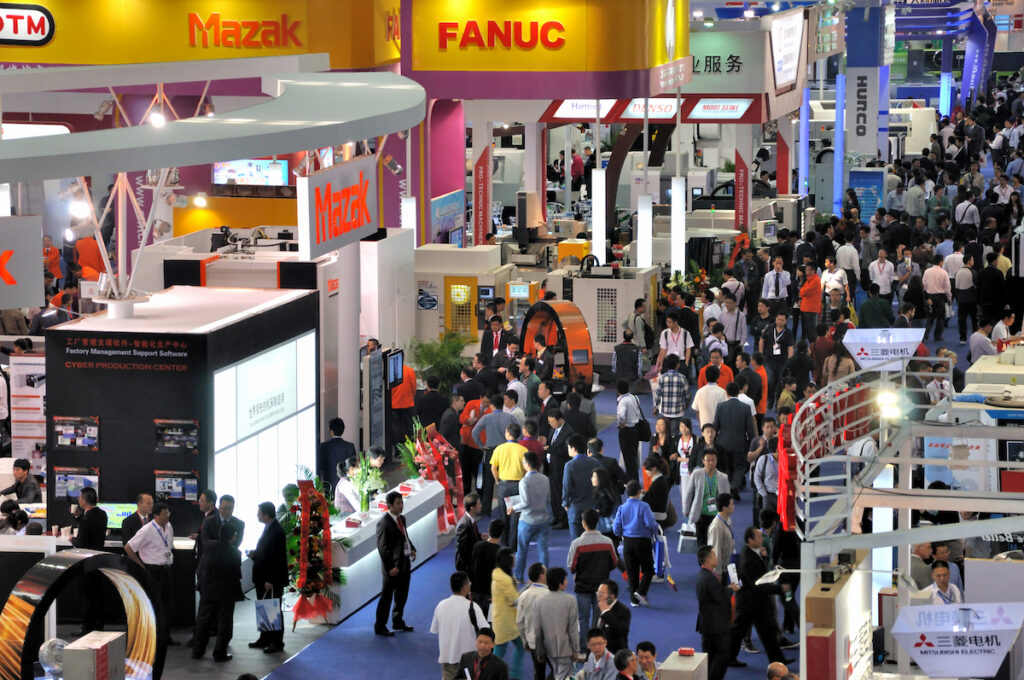China has appointed a new chief trade negotiator as tensions escalate in its ongoing tariff dispute with the United States. Li Chenggang has been named as the replacement for Wang Shouwen, who played a prominent role in negotiating the 2020 U.S.-China trade agreement. The move comes as both countries continue to raise tariffs on each other’s exports, risking further disruption to global trade flows.
The Chinese government has not officially provided a reason for the leadership change. However, it coincides with renewed pressure on Beijing to manage intensifying economic headwinds and complex diplomatic relations. With over 145% tariffs now imposed on Chinese goods entering the U.S., and 125% tariffs from China in retaliation, the two largest economies are locked in a high-stakes standoff.
Li brings extensive experience to the role. He previously served as China’s ambassador to the World Trade Organization (WTO) for more than four years and was instrumental in negotiations surrounding China’s original accession to the WTO over two decades ago. He has also held diplomatic positions in Geneva and at China’s Commerce Ministry, making him a seasoned player in international trade circles.
Tariffs Shake China’s Economic Outlook
The appointment comes at a critical time for China’s economy. On the same day the announcement was made, Beijing reported an annual GDP growth rate of 5.4% for the first quarter of 2025, driven by strong export performance. However, analysts warn that this momentum could slow significantly in the coming months as the full effect of U.S. tariffs on Chinese imports takes hold.
Despite solid export figures last year—contributing to 5% GDP growth in 2024—concerns are mounting over China’s ability to sustain that pace. Domestic consumption remains sluggish, making it difficult to compensate for weakening demand from American consumers. China has long viewed its vast internal market of 1.4 billion people as a potential buffer, but experts argue that consumer spending has yet to recover to pre-pandemic levels.
In response to the trade pressures, Chinese authorities have tightened export controls on rare earth minerals, which are crucial to sectors like aerospace, defense, and advanced electronics. This is seen as part of a broader strategy to signal economic strength while leveraging strategic assets in the face of U.S. restrictions.
Diplomacy, Retaliation, and Regional Strategy
In official statements, China has framed its response to American tariffs as measured and defensive, accusing Washington of “economic bullying” and protectionism. Foreign Ministry spokesperson Lin Jian reiterated this stance at a recent press briefing, stating that dialogue with the U.S. must be based on “equality, mutual respect, and benefit.” Lin insisted that it was the U.S. that initiated the trade conflict, and that China’s actions are legitimate countermeasures to defend its interests.
Still, the space for further retaliatory tariffs is narrowing. Analysts such as Sun Chenghao, a fellow at the Center for International Security and Strategy at Tsinghua University, believe both sides are approaching a “near-stalemate”. With limited tariff tools remaining, Beijing is likely to refocus efforts on long-term economic resilience. This includes strengthening trade ties with neighboring Asian economies and enhancing domestic demand to reduce dependency on the U.S. market.
Chinese officials have also hinted that future diplomacy may hinge on broader issues. A potential American concession on fentanyl regulation or ownership of TikTok could open the door to more productive talks. But progress remains slow. U.S. President Donald Trump only recently appointed Jamieson Greer as his top trade negotiator, and key diplomatic roles remain vacant, further complicating direct communication.
Xi Jinping Promotes China as a Stable Trade Partner
While economic pressures mount at home, President Xi Jinping has been touring Southeast Asia to present China as a stable and committed force in global commerce. Following a stop in Vietnam, Xi arrived in Malaysia for discussions expected to focus on strengthening trade ties with the Association of Southeast Asian Nations (ASEAN).
Beijing is pushing for deeper regional trade agreements that exclude Western influence. This includes exploring new initiatives with ASEAN’s 10 member countries and expanding alternative mechanisms for global trade, such as Chinese-led development funds and digital infrastructure agreements. These efforts are widely viewed as attempts to sidestep U.S.-dominated institutions and create a more independent economic sphere of influence.
Despite the leadership change, the path forward remains uncertain. As Li Chenggang takes over trade negotiations, observers expect a shift in style but not in substance. “There might be another style of negotiations. Li Chenggang is an open-minded person and supports free trade,” said Tu Xinquan, director of the China Institute for WTO Studies. Nevertheless, the key policy directions will still be set by top party leadership, including Xi himself.


